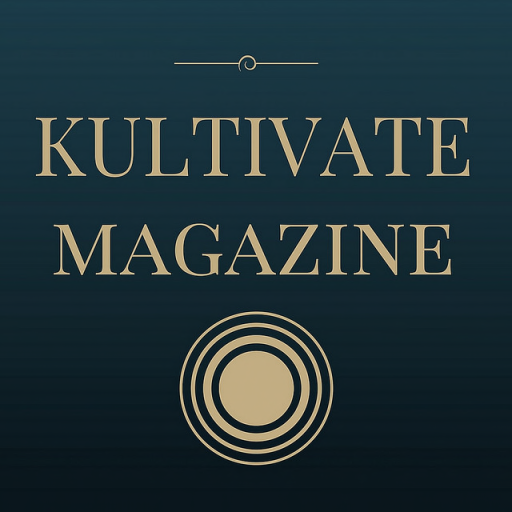February 14 as a date became a day for love,
and it was all thanks to Chaucer.
“Be my Valentine” - the word’s
that make the heart beat faster and the world seem dreamier. I remember at school (back in the day…) how
we bought pink cardboard cut-out hearts and wrote a little messages on the back. Then we’d wait in excruciating anticipation
to see if we’d get a heart ourselves on the day. It was always a successful fund raiser even
if it left a few bruised souls in its wake.
Chaucer the
author of Canterbury Tales wrote
a poem in 1382 entitled “Parliament of Fowles,” , the birds:
“Birds,
take heed of what I say; and for your welfare and to further your needs I will
hasten as fast as I can speak. You well know how on Saint Valentine’s
Day, by my statute and through my ordinance, you come to choose your mates, as
I prick you with sweet pain, and then fly on your way.”
The popularity of Chaucer’s poem, which likely stems from a
pre-existing general belief, at least in medieval England, that February 14 is
the day when birds choose their mates, is what truly cemented the idea that
Valentine’s Day is a celebration of romantic love. This belief may have
been recorded in medieval bestiaries, popular early books that compiled stories
about animals, mythical and otherwise. Never mind that not all birds mate
for life. Penguins do, as do geese and falcons. But ducks, for
instance, do not—yet the Mandarin Duck is a Chinese symbol for fidelity.
The first known Valentine Card,
and reference to someone as a “valentine,” date to only a century after
Chaucer’s popular poem. On 14 February 1477, an English woman named
Margery Brews wrote to her love, John Paston of Norfolk:
“Right reverent and worshipful
and my right well-beloved valentine, I recommend me unto you full heartedly,
desiring to hear of your welfare, which I beseech Almighty God long for to
preserve unto his pleasure and your heart’s desire.”
Renaissance
images of amorini (little love gods) or
cherubic putti were also shaped by Classical images
of Eros figures and contributed to the gorwing
tradition. Of course, much of the Classical tradition of a winged Cupid or
Eros – as seen above in the Romantic Era Cupid sculpture in the Louvre
by Antoine-Denis Chaudet – a prankster often shooting love arrows into
unsuspecting humans has also been absorbed into modern Valentine’s Day imagery.
At the British Postal Museum, the
first known heart-shaped card is preserved, a sheet of paper from 1790 that
folds, origami-like, to literally break apart the painted heart-shaped
exterior. Outside, the card reads: “My dear the Heart which you
behold/Will break when you the same unfold/Even so my heart with lovesick
pain/Sore wounded is and breaks in twain.” When the heart is “broken”
open, one more line of text lies inside: “My dearest dear and blest divine/I’ve
pictured here thy heart and mine.” These antique valentines, from 1477
and 1790, do not sound so far removed from modern-day Hallmark cards.
The
general heart-shape that we now associate with love and Valentine’s Day, which
does not look much like a real human heart, may be found in Renaissance art,
including Donatello’s relief sculpture, Miracle of the Miser’s Heart (1447-50), as Oxford
professor Martin Kemp notes in his recent book Christ to Coke: How Image Becomes Icon. A
Catholic cult developed around the Sacred Heart around the
Counter-Reformation. A burning heart came to be associated with Catholic
mysticism and the supernatural phenomenon of “incendium amoris,” the fire of love, in which a worshiper has an out-of-body experience (ex stasis, from which comes the term “ecstasy”) and
literally becomes burning hot with spiritual love for God.
While
variations on the heart image have been around for centuries, it was not until
1977 that the cartoon heart image was codified by designer Milton Glaser, as
part of the “I (Heart) NY” campaign, wherein the heart-shape acts as a rebus,
an image standing in for a word or idea.
This Valentine’s Day we hope
your hearts desires come true.


































































0 comments:
Post a Comment
Comments will be reviewed and posted within 24 hours. Please note any abusive content or outside promotional links may not be approved.